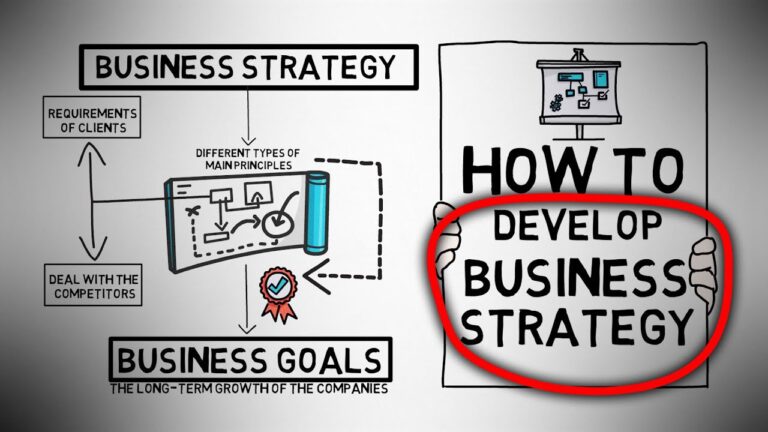E-commerce stores have become an integral part of the modern retail landscape. With the ability to shop online, consumers have access to an unprecedented range of products and services, making it easier than ever to find what they need. But, while e-commerce stores offer convenience and choice, they also come with their own set of challenges. Here are some of the key considerations for any business looking to launch an e-commerce store.
Choosing the Right Platform
The first step to setting up an e-commerce store is choosing the right platform. There are a number of options available, including open source solutions like Magento, proprietary solutions like Shopify, and even custom-built solutions. Each platform has its own advantages and disadvantages, so it’s important to research the options and find the one that best suits your needs.
Designing the Storefront
Once you’ve chosen a platform, the next step is to design the storefront. This is where customers will first encounter your store, so it’s important to create an attractive and user-friendly design. This includes choosing the right layout, making sure the navigation is intuitive, and ensuring the store looks professional and modern.
Developing the Shopping Cart
The shopping cart is the heart of any e-commerce store. It’s the place where customers can add and remove items, view their total cost, and checkout. It’s important to ensure the shopping cart is easy to use and that customers can quickly and easily complete their purchase.
Setting Up Payment Options
Once the shopping cart is in place, the next step is to set up payment options. This includes choosing the right payment gateway, such as PayPal or Stripe, and setting up any other payment options you want to offer. It’s important to make sure all payment options are secure and that customers can trust their data will be safe.
Managing Inventory and Shipping
Managing inventory and shipping is an important part of running an e-commerce store. You’ll need to make sure you have enough stock to meet customer demand, as well as setting up a system for tracking and fulfilling orders. You’ll also need to set up a shipping system, either through a third-party provider or your own in-house solution.
Marketing Your Store
Once the store is up and running, you’ll need to start marketing it. This includes setting up a website, creating social media accounts, and running targeted advertising campaigns. You’ll also need to create content to drive traffic to the store, such as blog posts, email campaigns, and more.
Customer Service
Finally, it’s important to provide excellent customer service. This includes responding to customer inquiries in a timely manner, resolving any issues that may arise, and providing helpful advice and support. Setting up a customer service system is essential to ensure your customers have a positive experience with your store.
Setting up an e-commerce store can be a daunting task, but with the right planning and preparation, it can be a successful and rewarding venture. From choosing the right platform to managing inventory and shipping, there are a number of key considerations to keep in mind. By following these steps, you’ll be well on your way to launching a successful e-commerce store.


